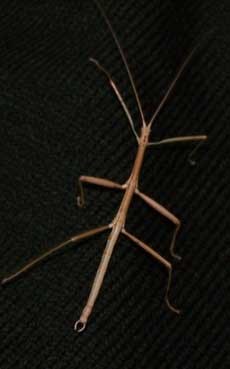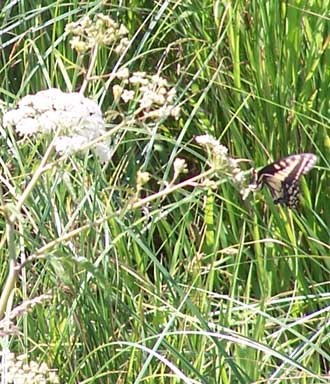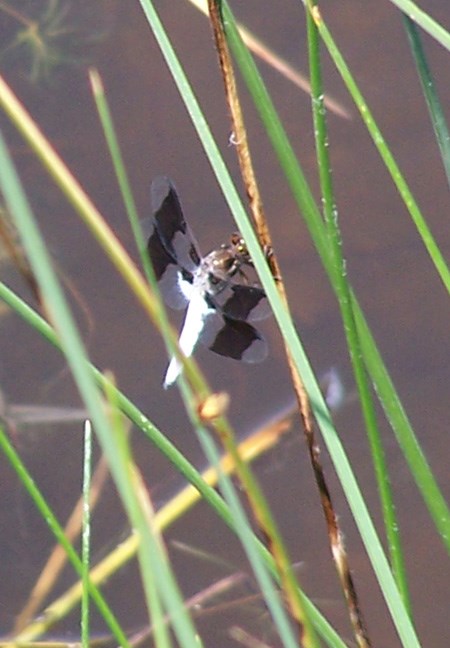
Insects and spiders are the most abundant animal at Agate Fossil Beds, as they are across the world. Summer visitors can hardly miss seeing at least one or two species of insects and evidence of more. Though insects are not most people's favorite animals, they are an important part of the ecosystem. Some pollinate flowers, prey on pest species, and fertilize and aerate the soil. Other insects break down deceased animals. 
Some of the most fascinating insects at the monument are the butterflies. During a 1995 butterfly survey, 18 species of butterflies were identified, among these are the Wood Nymph, Red Admiral and California Dog Face. Butterflies are most commonly present in late spring and summer, in the riparian areas near the river, and irrigated areas near the Visitor Center and Museum. Similar to the butterfly in appearance is the moth. Both have four wings that are covered in tiny scales, develop from caterpillars and feed on flower nectar. Unlike moths, butterflies fly only during the day. Most moths have somber colors and fly at night but some have bright colors and are active by day. Butterflies hold their wings together vertically over their body while moths fold their wings over their body like a roof. One of the most notable moths at Agate is one called the miller, which develops from the army cutworm in late spring and infests houses and outbuildings before migrating. Butterflies and moths are avid pollinators of prairie plants and can commonly be seen near the river in the spring and late summer. 
Another beautiful and diverse group of insects at Agate is the dragonflies and damselflies, identified by their four slender, transparent wings extending from a narrow body. The wings can be moved independently, a unique trait of this order, enabling them to fly forward and backward at quick rates. They also have long legs, unsuitable for walking, but designed for catching other insects mid-flight making them excellent predators. Dragonflies hold their wings straight out from their body while at rest, and damselflies extend theirs vertically toward the rear. Both groups lay eggs in the water that hatch into naiads, the immature form of the insect that lives in the water until developing into a dragonfly or damselfly. Members of this order are valued for their predatation of other, more pest-like insects such as mosquitoes.
|
Last updated: April 10, 2015
